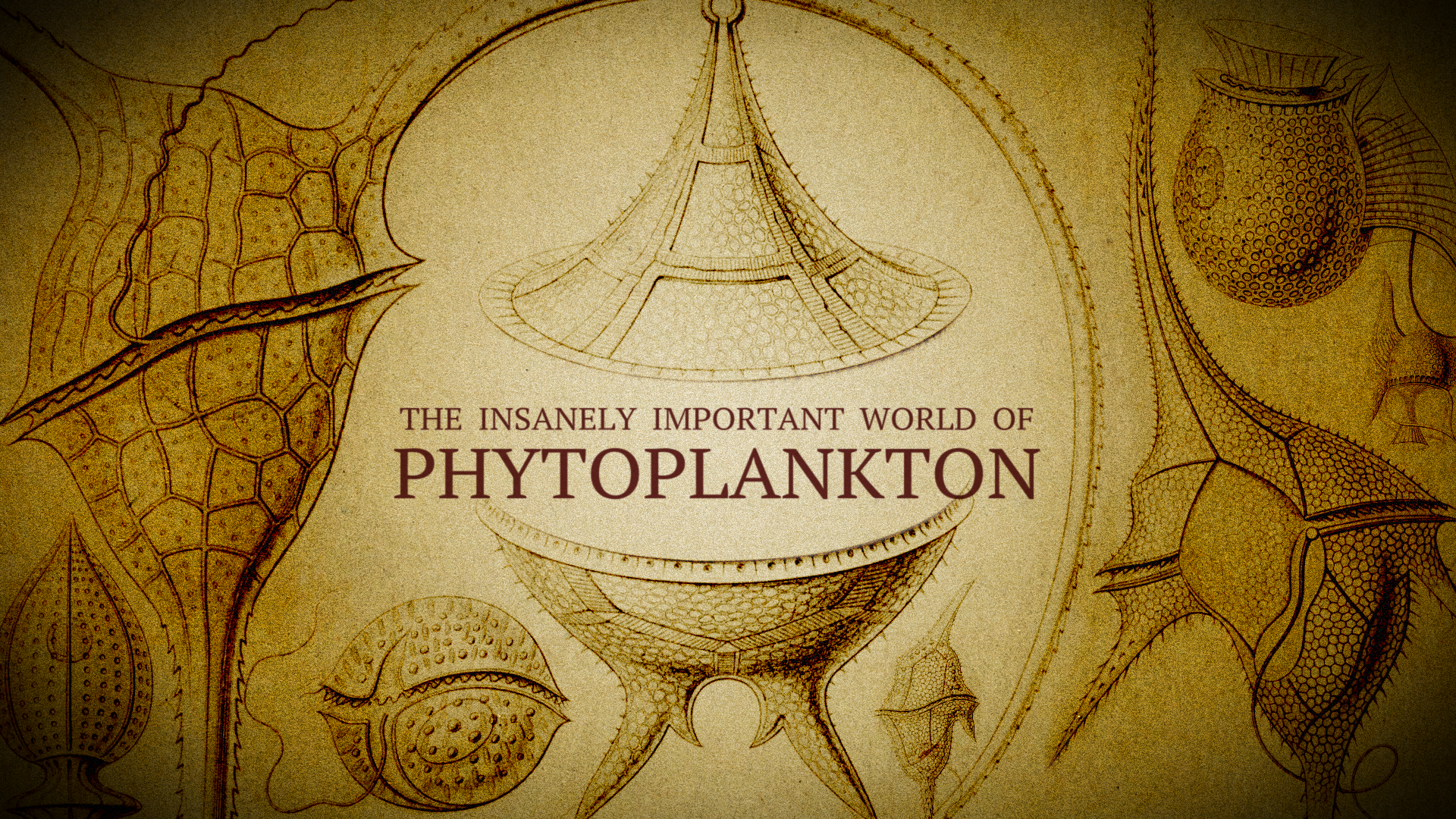Modeled Phytoplankton Communities in the Global Ocean
Phytoplankton are the base of the marine food web and are crucial players in the Earth's carbon cycle. They are also incredibly diverse. This visualization shows dominant phytoplankton types from 1994-1998 generated by the Darwin Project using a high-resolution ocean and ecosystem model. The model contains flow fields from 1994-1998 (generated by the ECCO2 model), inorganic nutrients, 78 species of phytoplankton, zooplankton, as well as particulate and dissolved organic matter. Colors represent the most dominant type of phytoplankton at a given location based on their size and ability to uptake nutrients. Red represents diatoms (big phytoplankton, which need silica), yellow represents flagellates (other big phytoplankton), green represents prochlorococcus (small phytoplankton that cannot use nitrate), and cyan represents synechococcus (other small phytoplankton). Opacity indicates concentration of the carbon biomass.
A key part of the Darwin Project is developing theoretical and numerical models of the marine ecosystems. The data shown here are from a simulation of the Darwin model in a physical run of the Massachusetts Institute of Technology general circulation model by the Estimating the Circulation and Climate of the Ocean (ECCO) group. The model provides a laboratory to explore the controls on biodiversity and the biogeography of different phytoplankton species. In particular, the role of the swirls and filaments (mesoscale features) appear important in maintaining high biodiversity in the ocean.
A rotating globe shows the distribution of phytoplankton the the world's oceans
A multi-year model show the distribution of 4 types of phytoplankton.
For More Information
Credits
Please give credit for this item to:
MIT Darwin Project, ECCO2, MITgcm
Oliver Jahn (MIT)
Chris Hill (MIT)
Mick Follows (MIT)
Stephanie Dutkiewicz (MIT)
Dimitris Menemenlis (JPL)
-
Project support
- Marit Jentoft-Nilsen
- Mark Malanoski (Global Science and Technology, Inc.)
-
Writer
- Heather Hanson (Global Science and Technology, Inc.)
Release date
This page was originally published on Wednesday, September 30, 2015.
This page was last updated on Monday, October 7, 2024 at 12:10 AM EDT.
